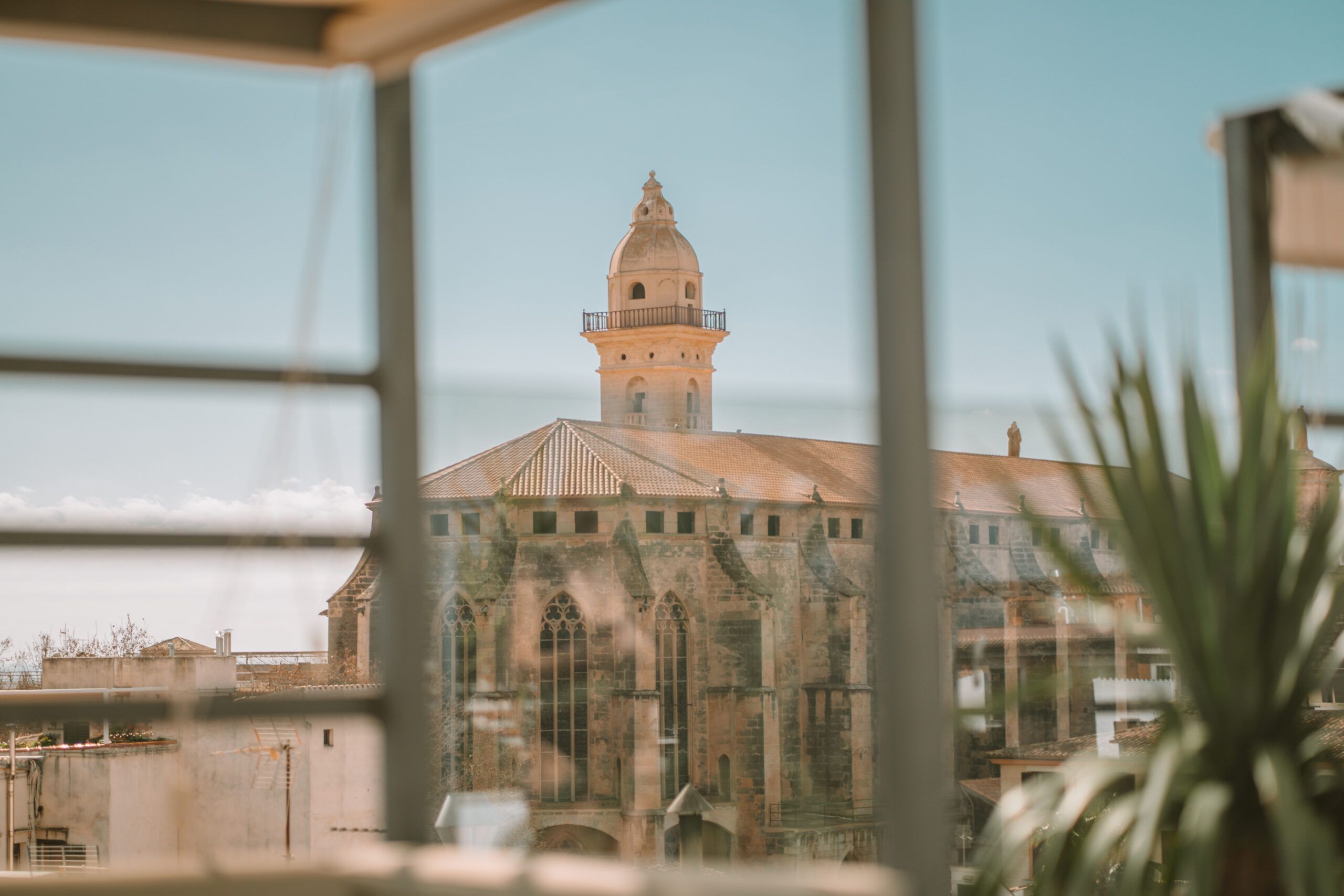
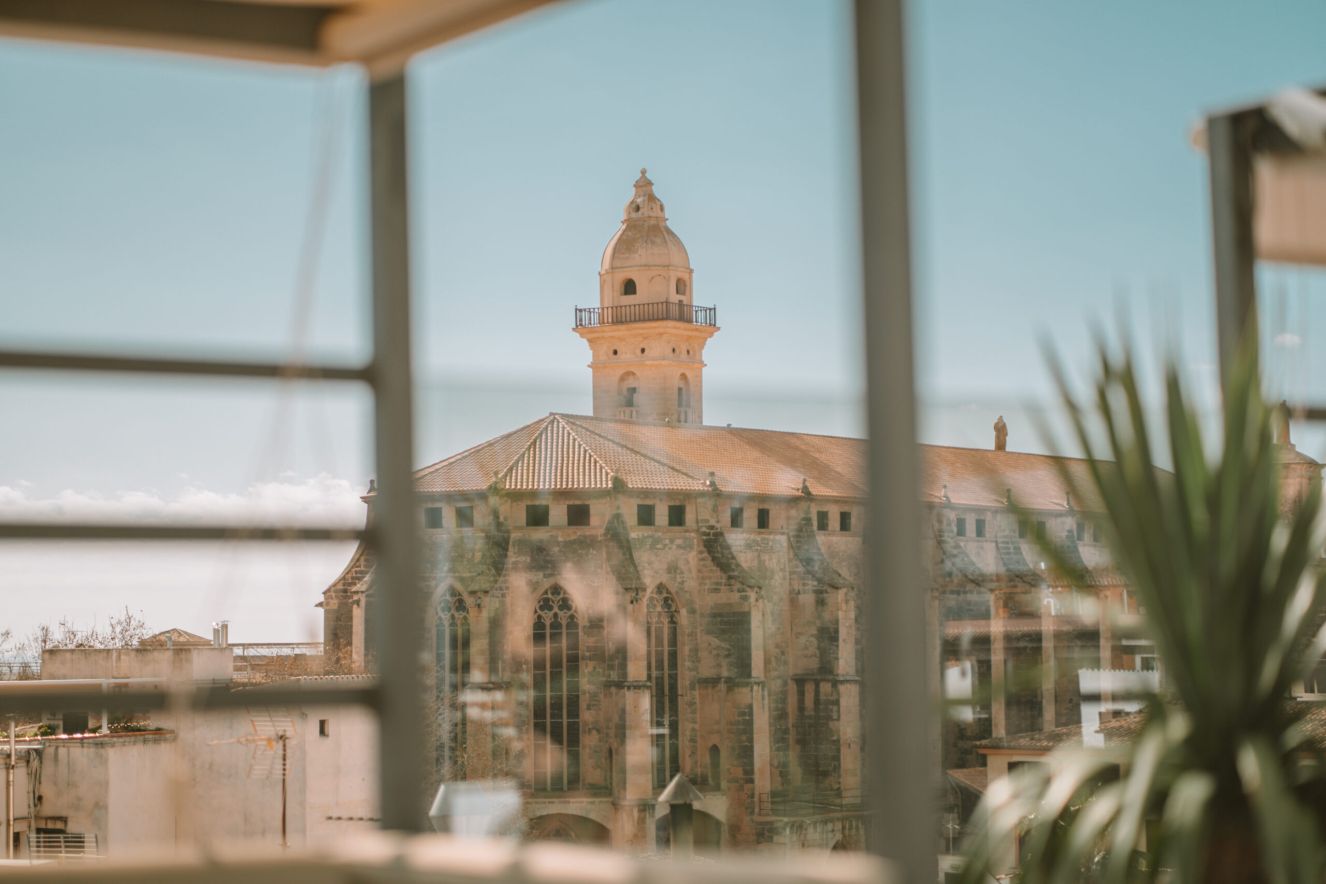
Palma De Mallorca City Of Architecture
Too often overlooked as the airport gateway to Mallorca, the island’s capital city Palma de Mallorca is a thriving hotbed of scintillating architectural diversity, a city whose rich historical heritage is matched year on year by stunning examples of architecture which place the city amongst the very best of Spain.
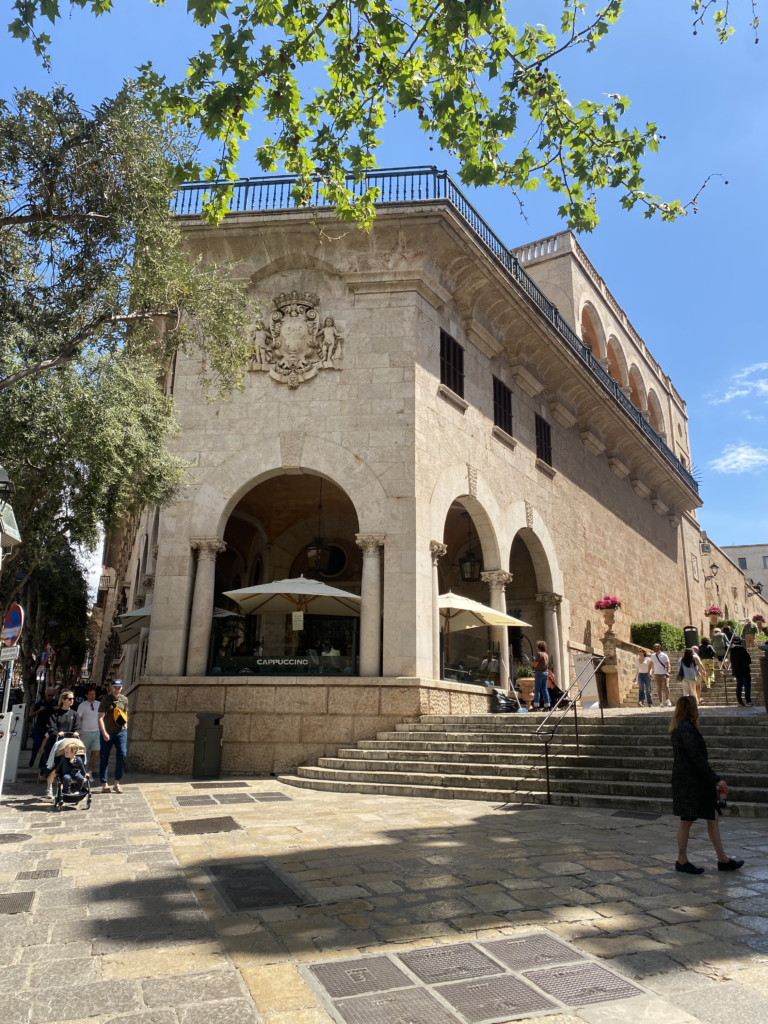
From the quaint crumbling remnants of the city’s Moorish past embodied in its tiny Banys Arabs (Moorish baths) and the imposing grandeur of the vast Gothic Cathedral (La Seu) to the startling modernity of the concrete and glass slotted seamlessly within the old renaissance walls of Es Baluard (housing the Museum of Contemporary Art), Palma hosts some truly exceptional extremes of architecture.

Yet for all the extremes, it’s walking amongst Palma’s boulevards and twisting, ancient streets that a visitor gains their first appreciation of the city’s architectural superiority. Walk up the leafy Passeig de Born, and you will be able to gaze upon a street ripe with palatial town houses and elegant shop fronts; head alongside the vast semi-circular port and gaze up to the fine gothic-style Bellver Castle, with its imposing turrets and walls guarding over the city; and stroll past the broad façade of the Ayuntamiento, into the cosy Plaça Major, where a quadrant of perfectly matching yellow-painted green-shuttered terraces enclose a square which is famous for its spirited buskers and street entertainers.
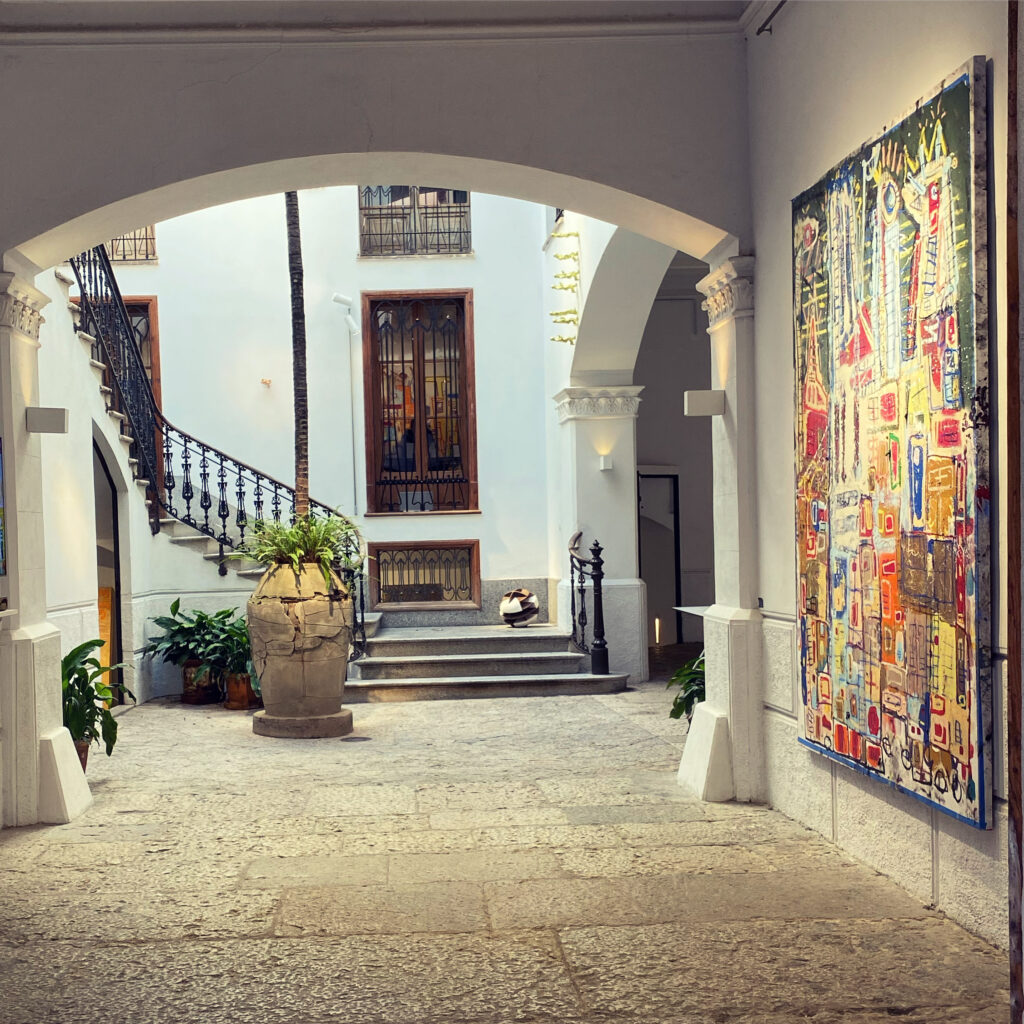
Palma has so much to offer for lovers of architecture, but among the highlights have to be the prime examples of modernisme, the architectural movement which spread from the forerunner of style, Barcelona, and quickly manifested itself through fine palatial townhouses lining the shopping streets north of Palma’s Cathedral.
Modernisme is the Catalan version of the art nouveau movement, an era when curved decorative lines replaced rigid linear forms, when natural forms such as flowers, leaves and waves appeared to sprout, almost like nature had regained supremacy over man, from the plasterwork and wrought iron of buildings, and when aesthetic considerations reigned over calculations of cost and practicality.
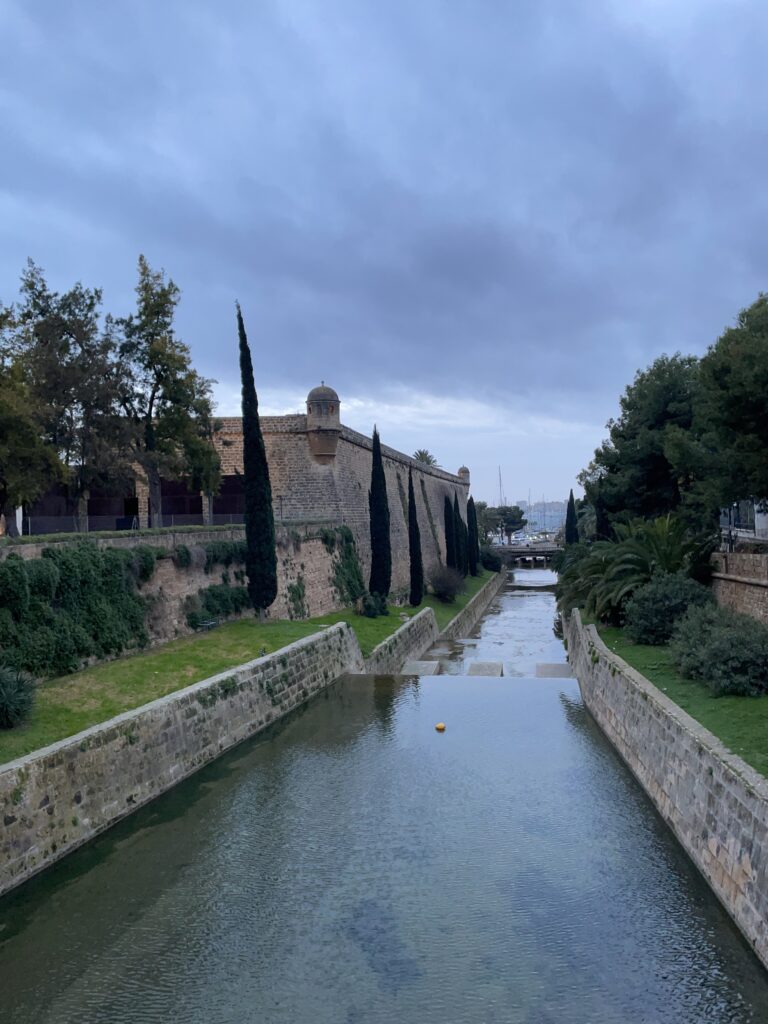
Today, with buildings such as the former Gran Hotel by architect Lluis Domenech i Montaner (which is today the home of the Fundacio La Caixa), and the two exquisitely curvaceous twin apartment buildings of Josep Cassayas just opposite (on the Plaça Mercat), as well as the Can Rei (Plaça Marquès de Palmer) which today houses a takeaway of Cappuccino Grand Café and next door, the gloriously detailed façade of former department store L’Aguila by Gaspar Bennassar, Palma boasts what are truly some of the gems of the Spanish Modernista era.
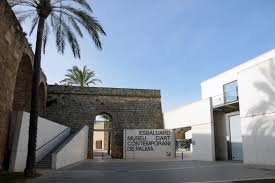
Meanwhile, another highlight of the city has to be Es Baluard, the museum of contemporary art, whose building is just as impressive as the art collection it holds.Conceived by architects Lluis and Jaume Garcia-Ruiz, Vicente Tomas and Angel Sanchez Cantalejo and opened in 2004, Es Baluard is located within the perimeter walls of the Sant Pere bastion, part of the Renaissance walls that surrounded the city of Palma until the beginning of the 20th century.
Read also Palma De Mallorca At A Glance
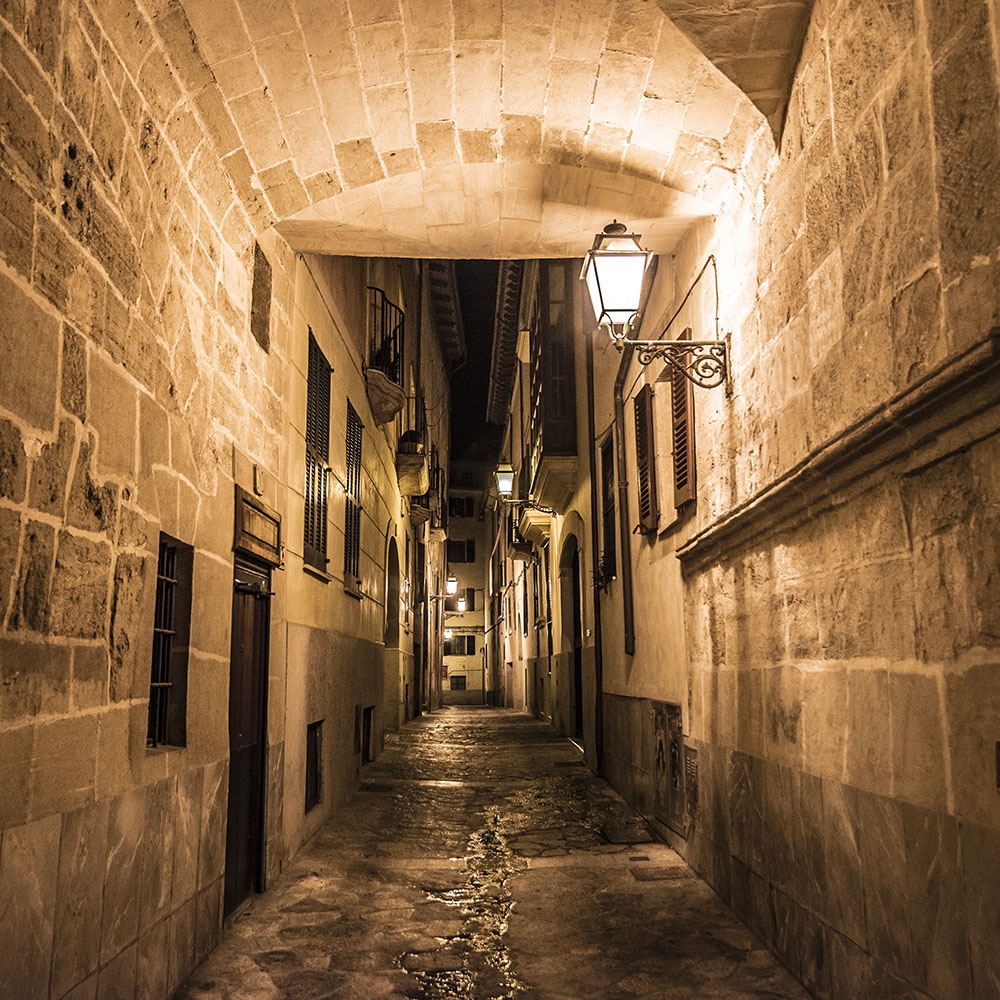
Masterfully designed, today’s structure presents a harmonious relationship between old irregular walls and the clean, sharp lines of contemporary architecture. I adore the use of bare, smooth concrete, cold linear steel and sharp clean glass which coexists so sympathetically within the ancient walls. Better still, so vast are the large areas of ramparts and terraces on offer, all of which can be explored for free, that a walk around the outside of Es Baluard presents the visitor with some of the best vistas of the city, both over rooftops towards La Seu and out towards the port and the sparkling Mediterranean sea; a 360 degrees panorama which truly confirms Palma as one of the most architecturally enriched cities in all of the Mediterranean.
Author
-

Aside from being a talented lawyer, Nicholas de Lacy-Brown is a gifted artist and writer whose travels around Europe have inspired a captivating body of work. Through his writing and illustrations, he vividly brings his experiences to life, captivating audiences with every story.
View all posts














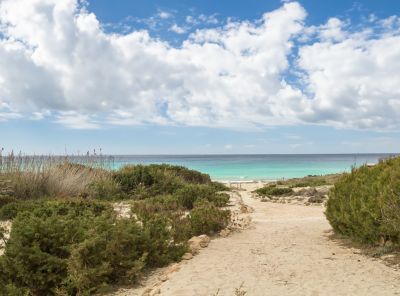
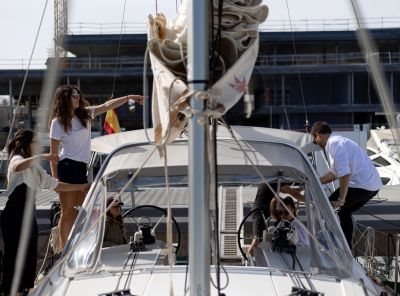
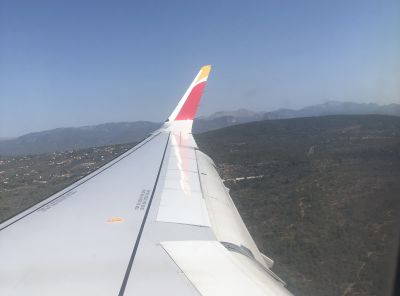
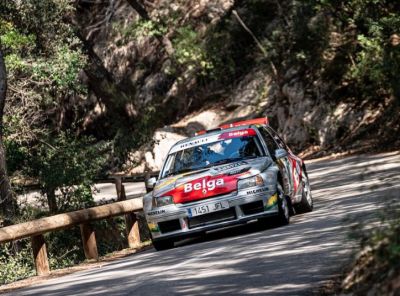
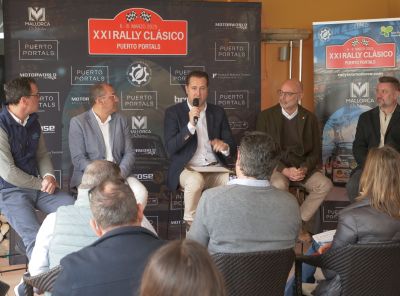
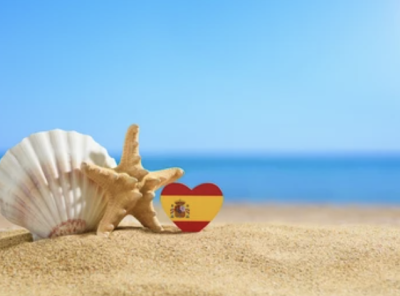


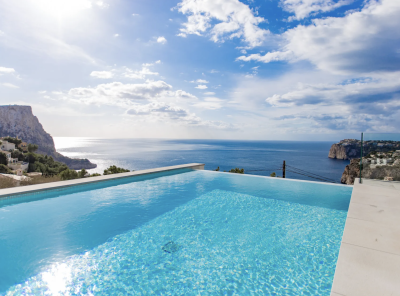
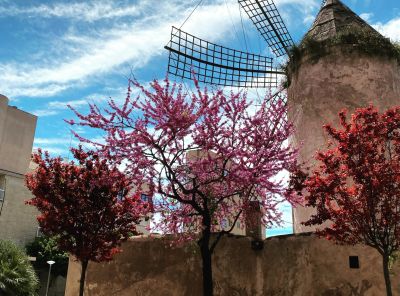
Leave a Reply